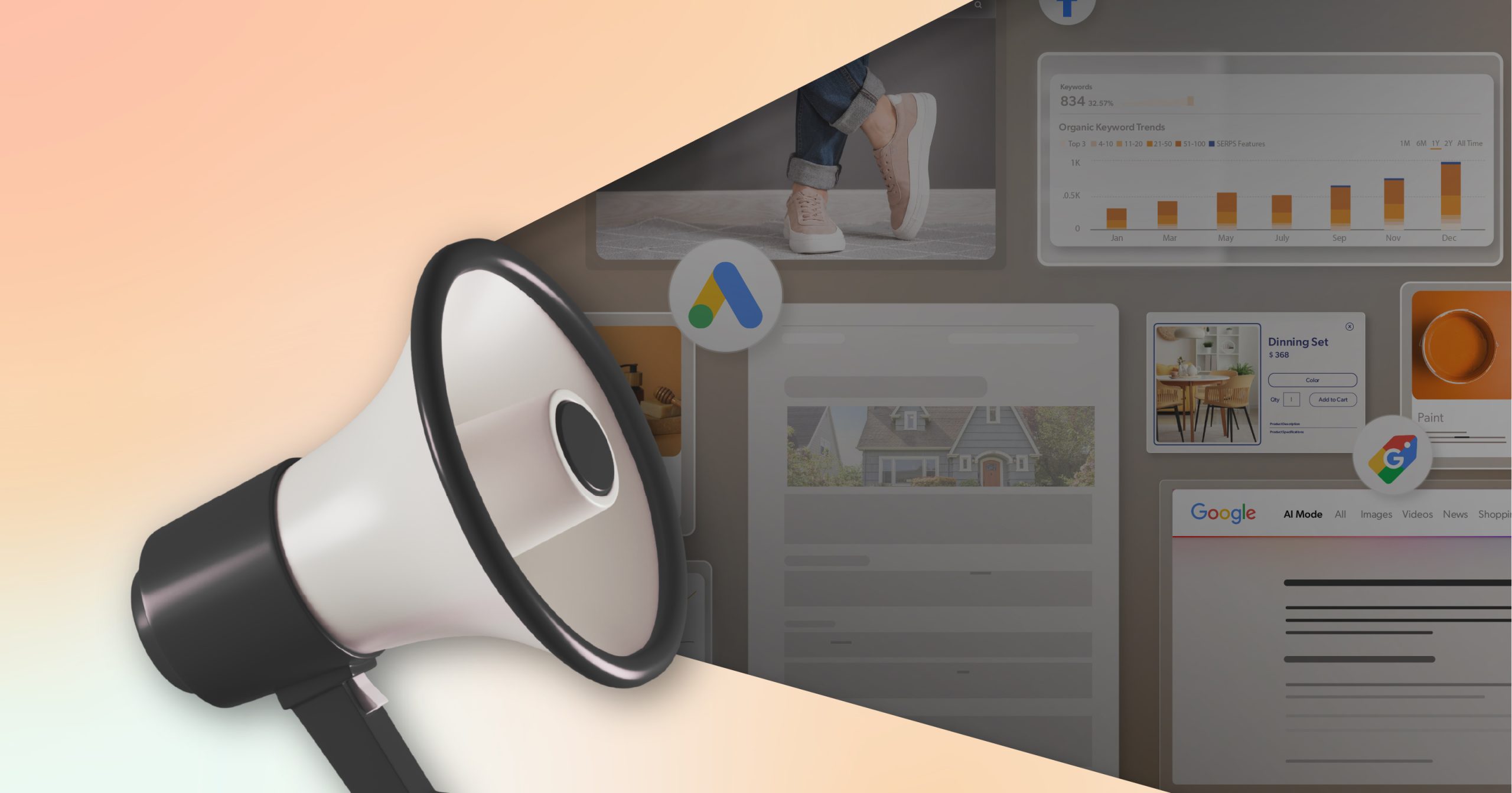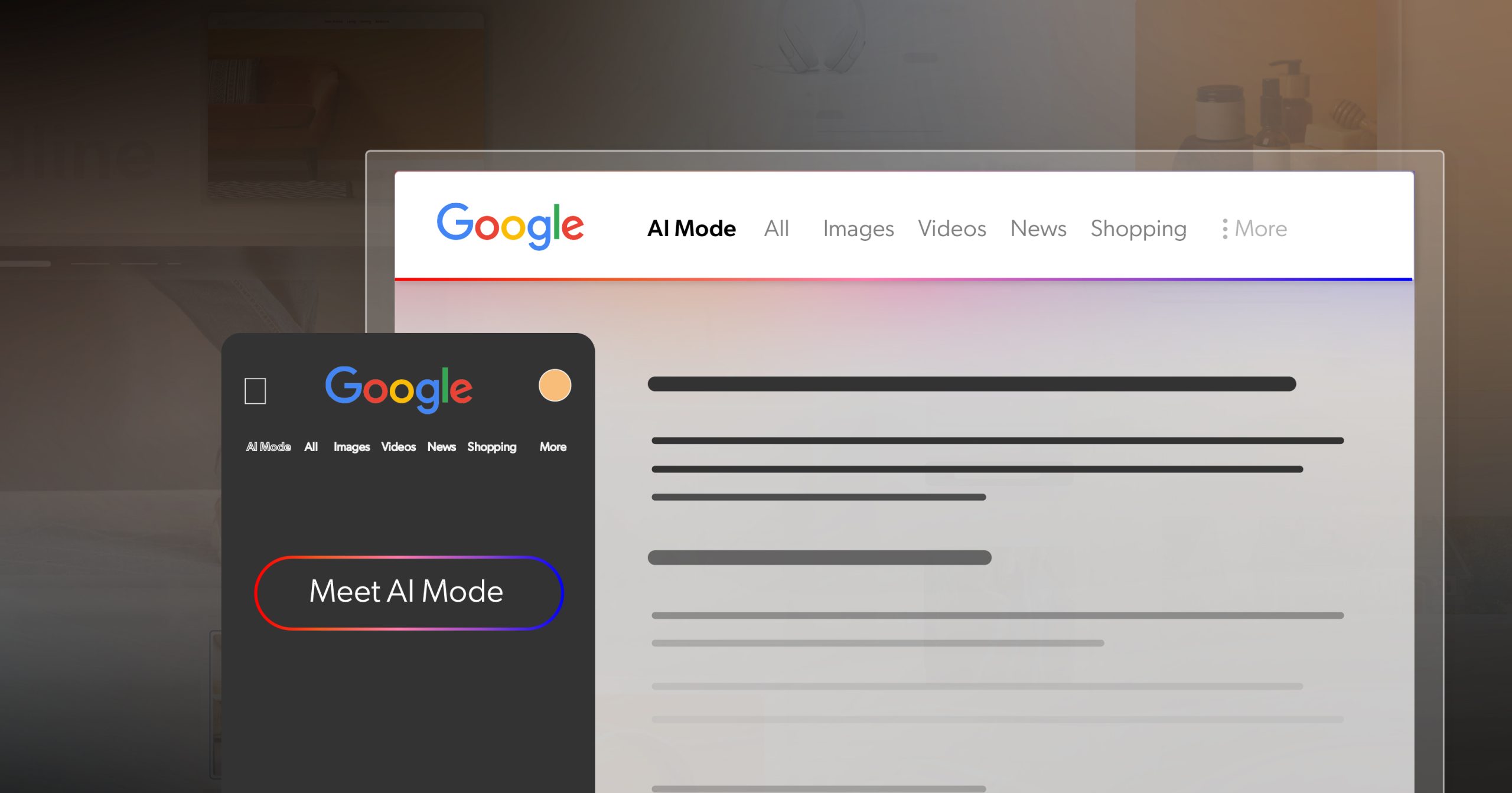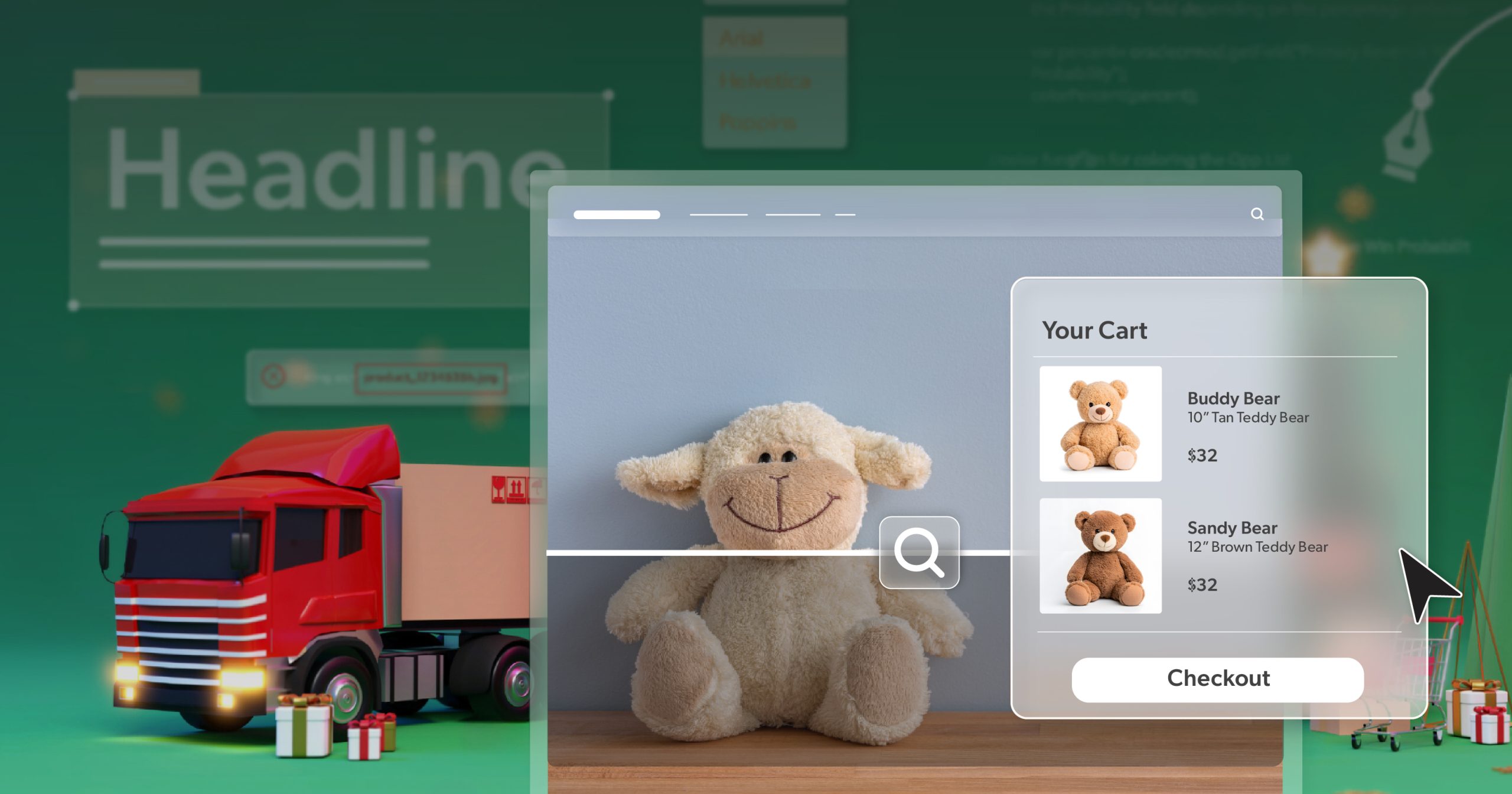Marketers love to talk about connection—finding that message, tone, or moment that really lands. Yet for years, accessibility sat on the sidelines. It was something teams circled back to after launch, if they got to it at all.
But bringing accessibility into the creative process from the start changes that. It refines ideas, sharpens the message, and makes the experience easier to use. Reach grows not by pushing harder, but by removing the barriers that hold people back.
Most of us weren’t taught to work this way, and that’s understandable—marketing has often moved faster than the systems built to support it. But that’s beginning to change. This article explores how accessibility in marketing is reshaping the creative process itself—and how embracing it can make our work not only more inclusive, but more effective and enduring.
Why Accessibility Belongs in Your Marketing Roadmap
Accessibility isn’t a new idea, but it’s finally being recognized as a core part of communication strategy. One in five adults lives with a disability that affects how they engage online. When we design with those experiences in mind, we don’t just improve access—we improve clarity, usability, and trust for everyone.
The Business Case for Accessibility
Accessibility pays off in ways that are both practical and measurable:
- Wider reach: When more people can access your content, your audience grows naturally.
- Stronger SEO: Structured headings, alt text, and transcripts help search engines—and people—understand your message.
- Higher engagement: Clear layouts, legible text, and captioned videos make it easier to stay connected.
- Better retention: Usable design keeps people from bouncing away in frustration.
- More trust: When users feel considered, they’re more likely to return and recommend.
The Risk of Leaving Accessibility Out
Ignoring accessibility comes with its own set of costs. Legal frameworks like the ADA and WCAG continue to expand, but reputation often carries the higher stakes. Inaccessibility doesn’t just cause frustration—it signals that some users weren’t considered. Building inclusivity into your work helps prevent that, and it strengthens credibility over the long term.
Understanding why accessibility matters is only half the story. The next step is making it part of how your team actually works—building it into everyday processes so it becomes second nature.
Building Accessibility into Your Marketing Workflow
You don’t need to overhaul your entire process to make it accessible—you just need to integrate it into the one you already have. Accessibility works best when it’s treated as a mindset that travels through every stage of a project.
Start Early
Bring accessibility into the conversation from the first meeting. Talk about things like contrast, reading level, captions, and structure while you’re still shaping creative direction. When inclusion is part of the plan from the start, it stops feeling like a post-production fix.
Create Together
Accessibility thrives when everyone contributes:
- Writers can use plain, active language and clear CTAs that describe the next step.
- Designers can choose accessible color palettes, scale type properly, and maintain consistent structure.
- Developers can ensure forms, buttons, and navigation work for keyboard users and assistive technologies.
When every role takes ownership, accessibility becomes a shared value rather than a box someone else has to check.
Test Before Launch
Automation helps, but people matter more. Run your pages or campaigns through accessibility tools like WAVE or Lighthouse, then do a manual pass. Navigate with a keyboard, listen to your content through a screen reader, and check if the flow feels intuitive.
Maintain a short, clear accessibility guide that lives where your team works. It doesn’t need to be heavy-handed—just a practical reminder of how to write alt text, structure headings, or format captions consistently.
Where Accessibility in Marketing Matters Most
Website
Your website is your primary channel—and often the first impression of your brand’s care for its audience.
- Keep headings structured (H1–H6) for both readability and SEO.
- Use descriptive alt text that communicates meaning, not just appearance.
- Maintain color contrast ratios of at least 4.5:1.
- Label form fields clearly, and include helpful error messages that explain what went wrong.
- Make sure interactive elements like sliders and pop-ups are keyboard-friendly.
Email and Newsletter
Email accessibility keeps your content inclusive across devices and inboxes.
- Use responsive templates that stay readable up to 200% zoom.
- Keep essential information in text, not images.
- Write subject lines that are short, descriptive, and easy for screen readers to interpret.
- Include a plain-text version of every email for those who need or prefer it.
Social Media
Accessibility on social media helps your message reach everyone—without changing your tone or style.
- Use CamelCase for hashtags (#AccessibleMarketing).
- Add alt text to images and captions to videos.
- Limit emoji use and place them at the end of sentences.
- Avoid stylized fonts that break accessibility tools.
Each platform has its nuances—alt text on Instagram, captions on TikTok, numbered threads on X (Twitter)—but the principle remains the same: good communication should never rely on one sense alone.
Designing for Comfort and Clarity
No matter where your campaigns live—web, email, or social—good design ties it all together.
Accessible design isn’t about restraint—it’s about intention. Every design choice shapes how someone experiences your message.
- Plain language makes ideas easier to follow without losing personality.
- Descriptive links replace uncertainty with confidence.
- Predictable structure creates a sense of ease and familiarity.
- Accessible visuals ensure infographics and charts aren’t barriers.
- Visible focus indicators and balanced contrast guide users naturally through the experience.
When accessibility becomes part of your creative language, the result feels more human—not less artistic.
Testing and Improving Accessibility
Accessibility testing is less about perfection and more about awareness. Run quick automated checks to catch common errors, then explore your content as your users would. Can you navigate without a mouse? Does the text hold up when zoomed in? Does the order make sense when read aloud?
Invite people with disabilities to test your work when possible. Their lived experiences surface the details that automation can’t. Over time, track metrics like caption coverage, alt text completion, and user feedback. Accessibility can be measured—and it can show real progress.
Keeping Accessibility in Motion
Accessibility isn’t a one-time effort. It’s a practice that builds momentum through consistency.
- Schedule quarterly accessibility reviews for your highest-traffic content.
- Include accessibility checkpoints in every project template.
- Offer short, focused training sessions across writing, design, and development teams.
- Ask vendors and partners to share their accessibility documentation and compliance statements.
When accessibility becomes a shared responsibility, it naturally integrates into the way your team works.
Measuring What Matters
You’ll know accessibility is working when the results start showing up in familiar metrics:
- Engagement improves as more users interact with your content.
- Visibility rises through better SEO and structured content.
- Trust strengthens because your brand feels more considerate and reliable.
- Risk decreases because accessibility is built in—not retrofitted later.
Accessibility in marketing doesn’t slow creativity—it sharpens it. It makes every campaign perform better because it’s built for everyone from the start.
Accessibility as Ongoing Momentum
Every caption written, every alt tag added, every clear headline or color contrast adjustment is a step toward a better experience for your audience.
When accessibility is built into your creative process, your marketing becomes more durable, adaptable, and human. It’s not a trend—it’s a reflection of what good communication has always been about: connecting with people in a way that feels effortless and authentic.
If you’re ready to take the next step, consider scheduling an ADA briefing with 216digital. Our team helps organizations identify accessibility barriers and plan remediation strategies that make their websites and marketing more usable for everyone.



